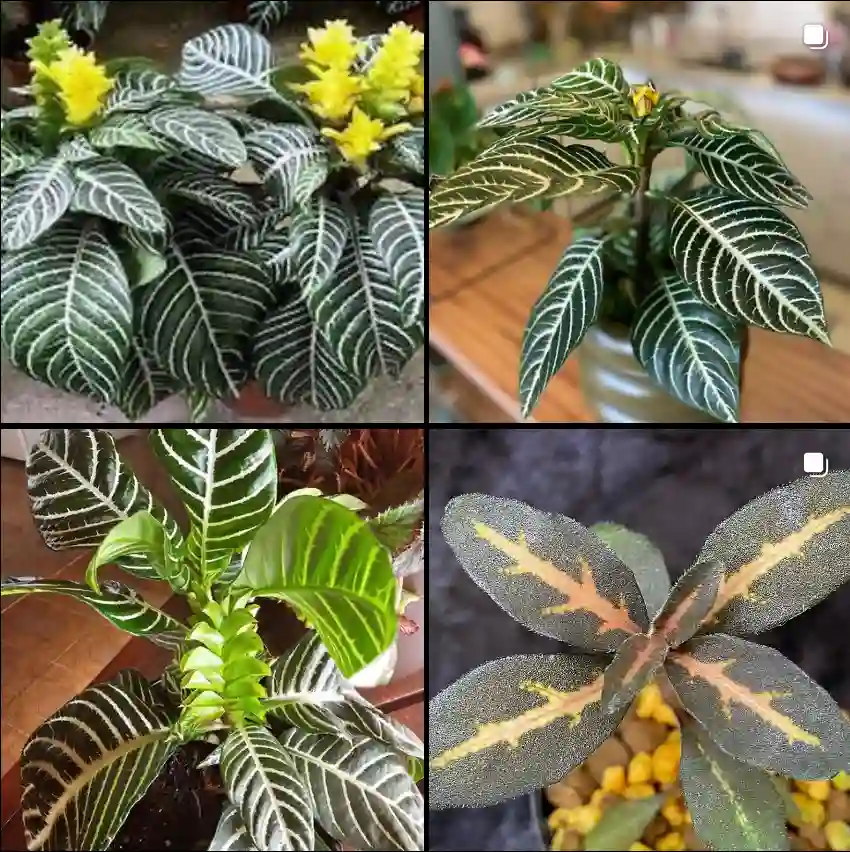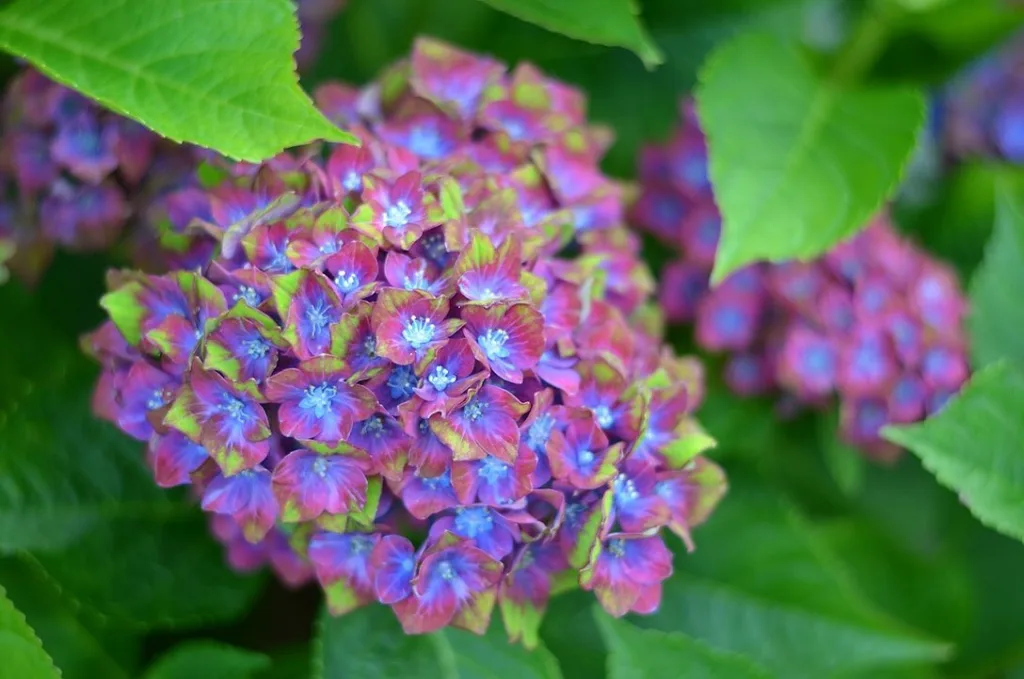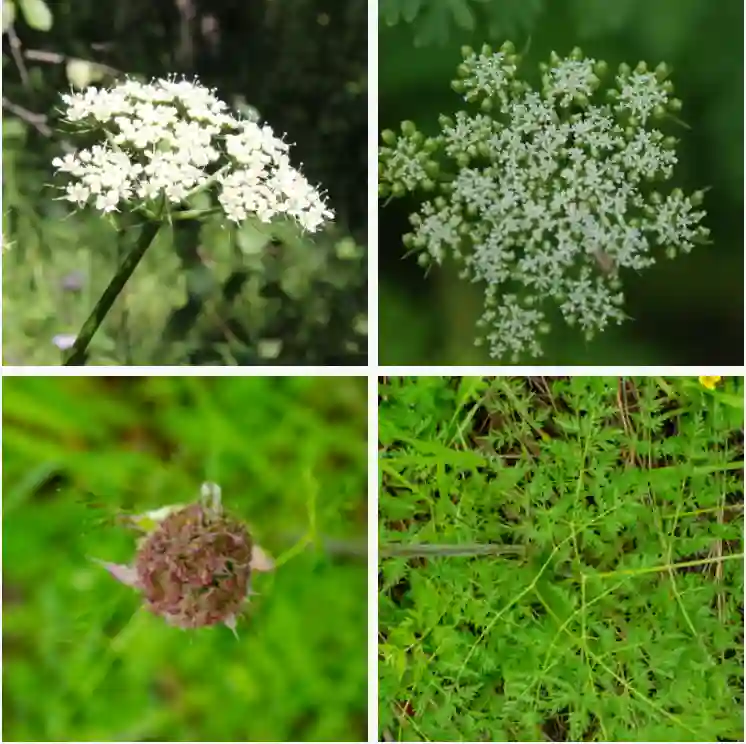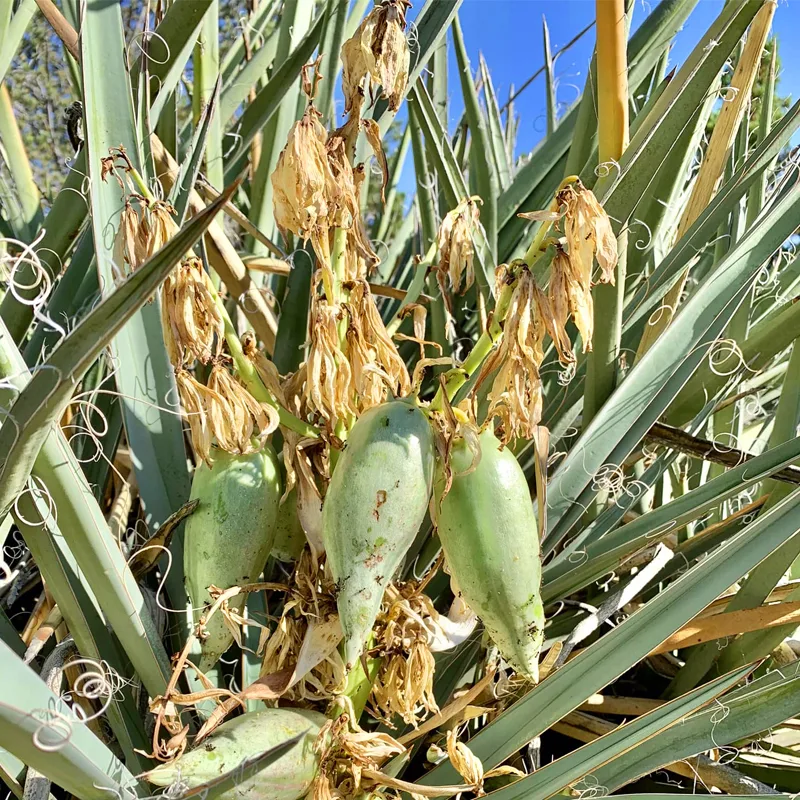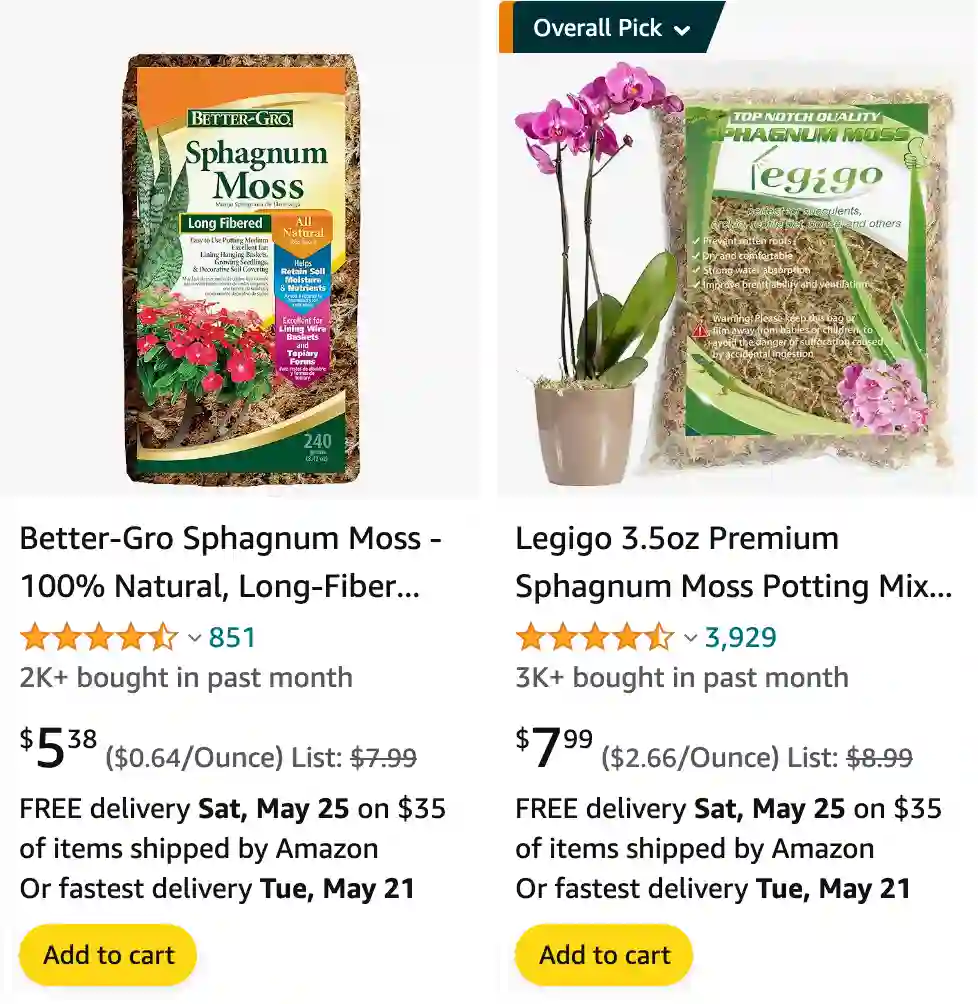
What is sphagnum moss?
Sphagnum moss is a fascinating plant that I’ve encountered in various gardening and horticulture projects. It’s a type of moss that grows in dense clumps in wetlands and bogs, and it’s renowned for its ability to retain water and create acidic, nutrient-poor conditions ideal for certain plants. I’ve found it especially useful for creating the right environment for some of my more delicate plants, as it holds moisture well and provides a good medium for root growth.
Is sphagnum moss the same as peat moss?
I used to wonder if sphagnum moss and peat moss were the same, but through my gardening experiences, I learned they are different stages of the same plant. Sphagnum moss is the live, green part you see on the surface, while peat moss is the decomposed, brownish material found deeper in the bogs. Peat moss is often used as a soil amendment due to its ability to improve soil structure and moisture retention.
Sphagnum Moss vs Spanish Moss
Spanish moss has a distinct look and feel, hanging beautifully and adding a touch of elegance to my garden, unlike sphagnum moss which is more functional for soil moisture retention.
Sphagnum Moss vs Coco Coir
Using coco coir has been a game-changer for me because it’s sustainable and holds moisture similar to sphagnum moss, but it’s less acidic, making it versatile for a wider range of plants.
Sphagnum Moss vs Forest Moss
Forest moss has a natural, earthy look that complements woodland plant setups nicely, whereas sphagnum moss is more about practicality in retaining moisture.
Sphagnum Moss vs Green Moss
Green moss adds a lush, carpet-like texture to terrariums, contrasting with sphagnum moss which is more about maintaining soil moisture for my potted plants.
Sphagnum Moss vs Reindeer Moss
Reindeer moss adds a whimsical touch to my garden with its soft texture and vibrant colors, whereas sphagnum moss is essential for its moisture control, particularly for my more sensitive plants.
Sphagnum Moss vs Sheet Moss
Sheet moss creates a smooth, uniform ground cover in my terrariums, while sphagnum moss ensures the soil underneath remains consistently moist for my plants’ health.
Sphagnum Moss vs Coco Peat
Coco peat has been an eco-friendly alternative to sphagnum moss for me, offering excellent water retention and aeration without the acidity, which is beneficial for a variety of plants in my collection.
Where to buy sphagnum moss?
When I need to buy sphagnum moss, I usually head to my local garden center or a specialized plant nursery. These places often have high-quality moss that’s been harvested sustainably. Occasionally, I also find good deals online through gardening supply websites or even marketplaces like Amazon. The key is to look for moss that is clean and free of contaminants, which ensures it’s suitable for my gardening needs.
How to grow sphagnum moss?
Growing sphagnum moss has been a rewarding challenge for me. I usually start by placing it in a shallow tray with a bit of water and plenty of light, ideally in a humid environment. It requires patience because it grows slowly, but keeping it consistently moist and ensuring it has good airflow helps it thrive. Over time, I’ve noticed it spreads and forms lush green mats that are quite satisfying to see.
How to use sphagnum moss?
Using sphagnum moss in my garden is quite versatile. I’ve utilized it for lining hanging baskets to retain moisture, as a top dressing for soil in potted plants, and even as a medium for propagating plant cuttings. Its water-retentive properties make it incredibly useful for plants that need consistent moisture without becoming waterlogged.
Is sphagnum moss alive?
One interesting aspect I’ve discovered about sphagnum moss is that it can indeed be alive. When I get fresh sphagnum, it’s usually vibrant and green, indicating that it’s still living. Even when it’s partially dried out, it can often be revived with proper care and moisture. This living state helps it continue to grow and thrive under the right conditions.
Where does sphagnum moss grow?
I’ve noticed that sphagnum moss tends to grow in boggy, wet areas. From my hikes and outdoor explorations, I’ve seen it thriving in wetlands, alongside streams, and in shaded, damp forest areas. It prefers acidic, waterlogged soils where it can spread out and form thick mats that dominate the landscape.
Does sphagnum moss go bad?
In my experience, sphagnum moss can go bad if it’s not stored properly. If it becomes too dry and brittle or if it starts to decompose and smell, it’s no longer good to use. I always make sure to store any extra moss in a cool, moist environment to keep it fresh and usable for my gardening projects.
How to grow sphagnum moss from dried?
Growing sphagnum moss from dried pieces is a slow but achievable process. I usually rehydrate the dried moss by soaking it in water for several hours. Once it’s plump and moist, I lay it out in a humid, light-filled area and keep it consistently damp. Over time, new green growth starts to appear, indicating that the moss is coming back to life.
Can sphagnum moss grow underwater?
While sphagnum moss prefers moist environments, I’ve found that it doesn’t really grow underwater. It needs a balance of moisture and air to thrive. If submerged completely, it tends to rot rather than grow. Keeping it in a well-drained, humid environment seems to work best for its growth.
Can you reuse sphagnum moss?
Reusing sphagnum moss has been quite effective for me. After using it for a season, I usually clean and sterilize it to ensure it’s free of pathogens. This way, I can reuse it for various gardening purposes without worrying about spreading disease. It saves me money and reduces waste, which is always a plus.
How long to soak sphagnum moss?
When soaking sphagnum moss, I’ve learned that it usually needs about 15-30 minutes to fully absorb water and rehydrate. I make sure to use clean water and occasionally add a bit of fertilizer if I’m planning to use the moss as a growing medium. Once it’s fully soaked, it’s ready to be used in my garden.
How to sterilize sphagnum moss?
Sterilizing sphagnum moss is an important step, especially if I’m reusing it. I typically soak it in a mild bleach solution for about 10 minutes, then rinse it thoroughly with clean water. This helps kill any potential pathogens or pests that might be lurking in the moss, ensuring it’s safe for my plants.
How to use sphagnum moss for orchids?
Using sphagnum moss for orchids has been particularly rewarding. Orchids need a well-draining yet moisture-retentive medium, and sphagnum moss fits the bill perfectly. I usually wrap the orchid roots in moist sphagnum before placing them in their pots or mounting them. This method helps maintain the right humidity around the roots, promoting healthy growth and beautiful blooms.
If i die, water my plants!
